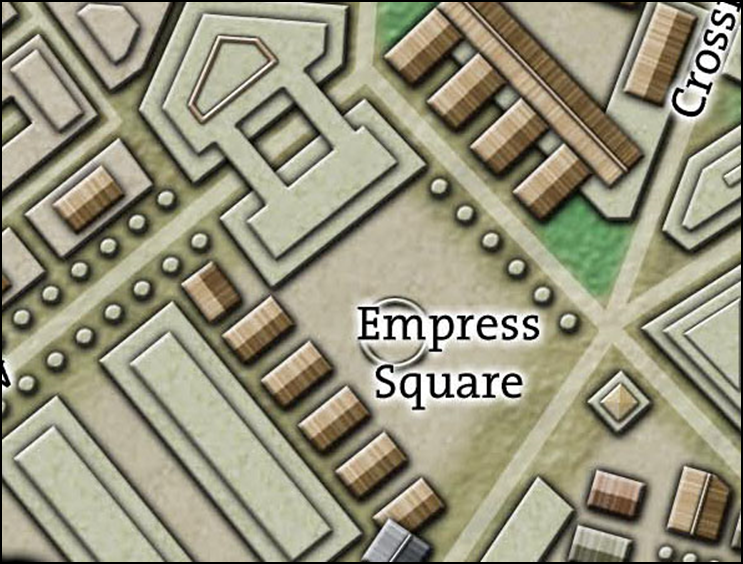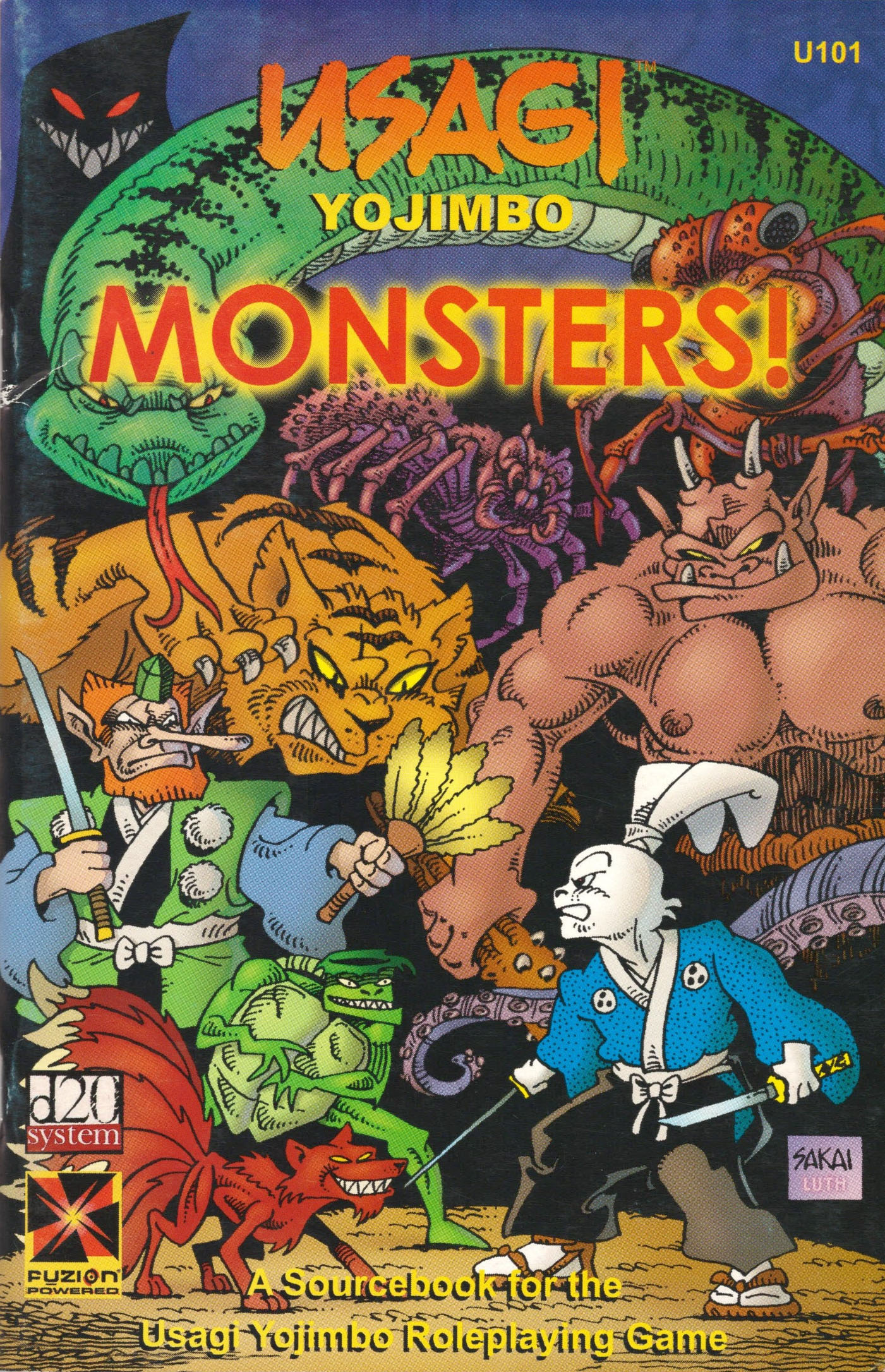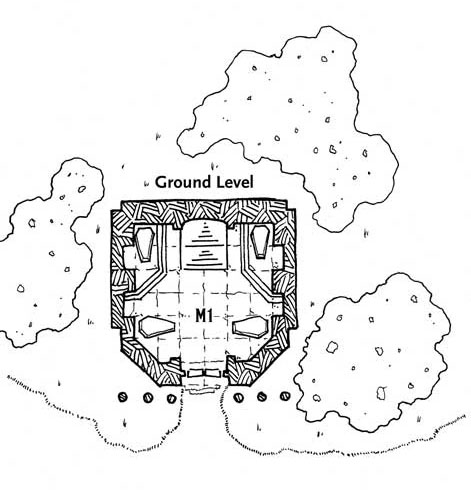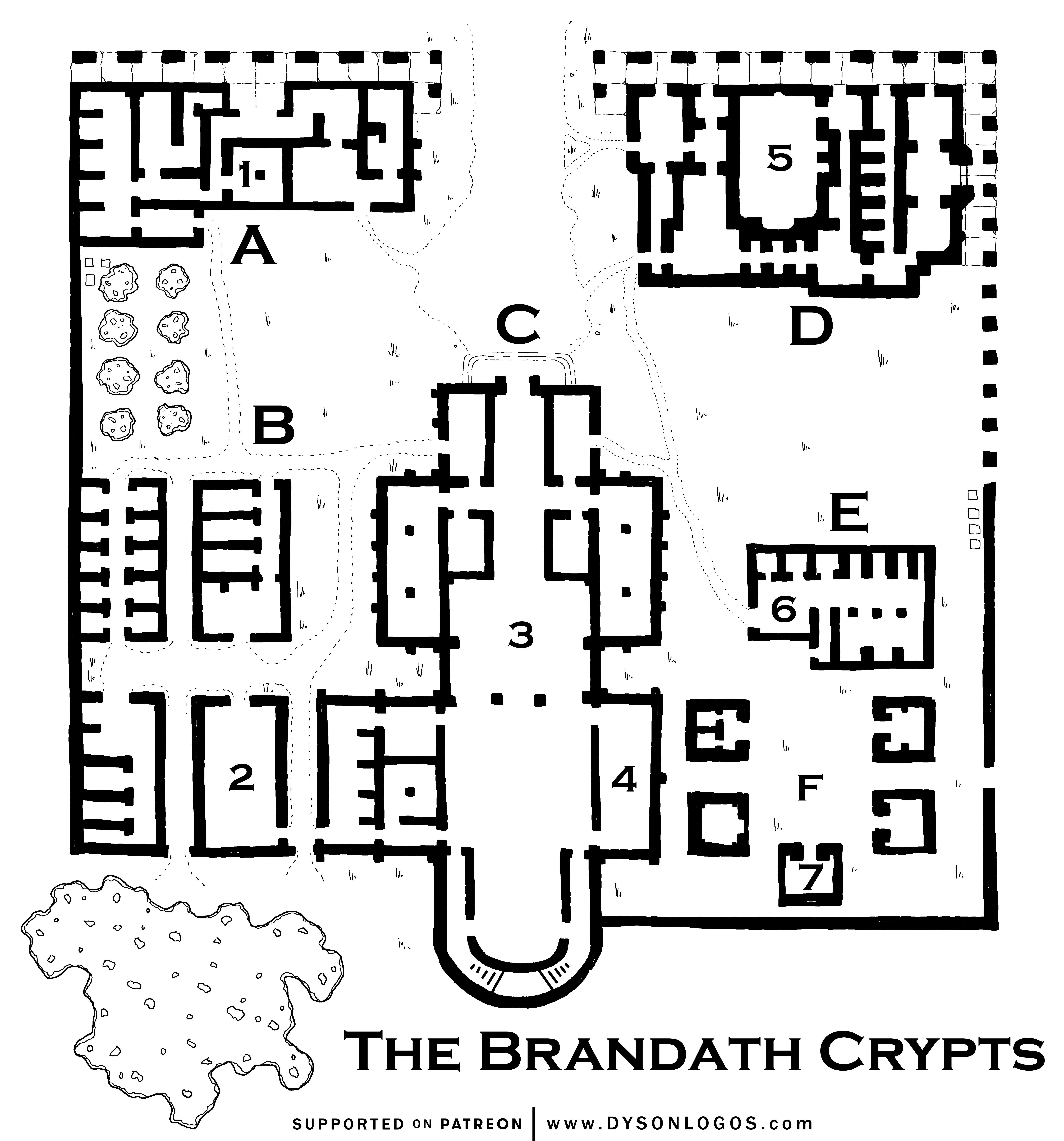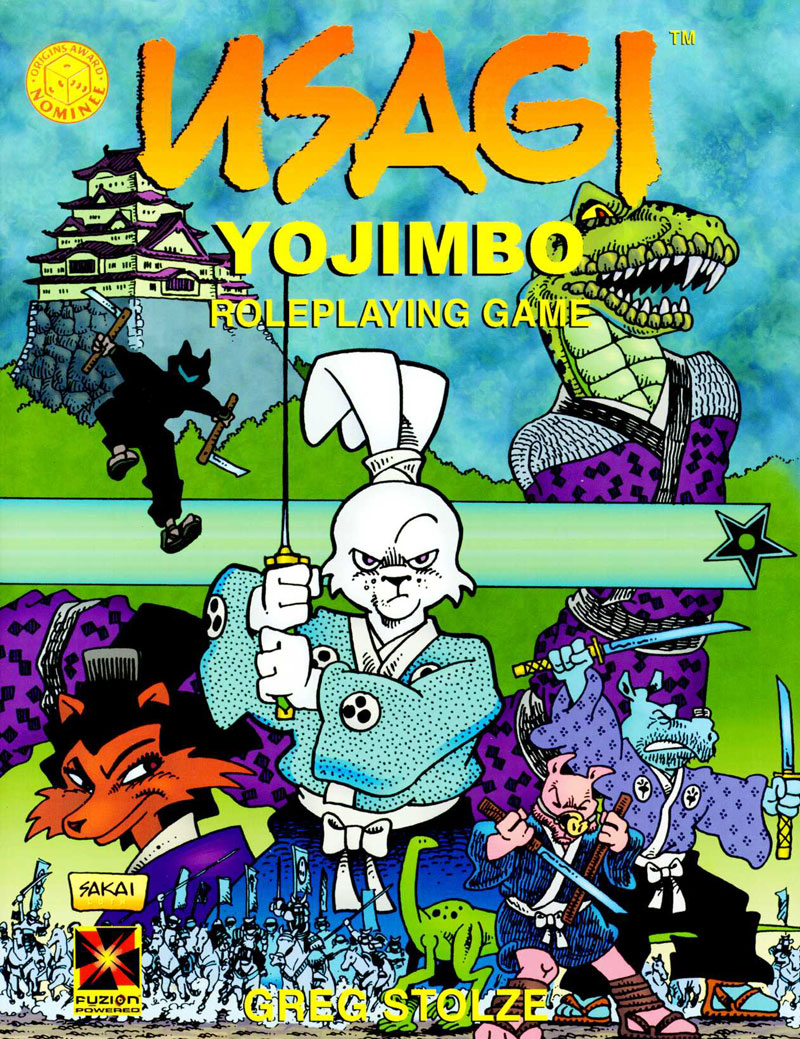
SESSION 41A: DOMINIC’S DENUNCIATION
August 15th, 2009
The 22nd Day of Kadal in the 790th Year of the Seyrunian Dynasty

Still standing over the bodies of Malleck and Silion another argument broke out regarding the dead, half-transformed boy they had half-saved. Many of them felt that his case was hopeless: Even Malleck had said that there was no cure for his piteous plight.
But Agnarr was adamant that they should at least try.
“But what can you do?” Tee said.
“We can find someone who can help,” Agnarr said. “We have friends who can help.”
“Like who?!” Elestra said, exasperated.
“Zavere.”
“I’m not sure I trust Zavere,” Tee said.
“Or the Pale Tower.”
“Fine. But if you want to do it, it’s yours to do.”
“Give me the papers.”
“What papers?”
“The papers describing what they did to him,” Agnarr said. “They might help.”
Ranthir was loath to part with them, but he eventually relented.
A DUMPING OF BODIES
Agnarr took the papers and left them, heading towards the Pale Tower. A quarter hour later he was knocking on the great door of the Tower.
The Graven One swung the doors open.
“I would ask for your help,” Agnarr said. He pulled the body of the boy out of his bag of holding.
The Graven One looked down inscrutably. “I think we should go inside.”
Agnarr nodded and followed him. When the door was shut behind them, the Graven One excused himself. He returned a few minutes later with Aoska.
Agnarr explained the situation to them and gave Aoska the research. “Is there anything you can do?”
“Perhaps,” Aoska said, examining the boy. “The damage runs deep. It will take us time to find a cure, if one is possible at all. And we would need to keep this collar upon him, to preserve him in his current state of stasis.”
Agnarr readily agreed. “Send word.”
“We will,” Aoska promised.
Meanwhile, Elestra and Tor were taking care of the bodies. Tee suggested that they use a cart full of hay to move them inconspicuously. (“How do you know so much about moving corpses?” Elestra asked. “I’ve been hanging around with you,” Tee replied.) But she insisted that Tor deal with it: He had been the one to kill them; it was his problem to solve.
“You’ve forgotten your compassion,” Tee said. “This place has made you hard.”
Tor nodded. “Sometimes you need to be hard to survive. I learned that from the horses.”
On the way to the Midden Heaps they ran into a watch patrol. There was another moment of nervousness, but, like their fellows earlier in the day, these watchmen recognized Tor and they passed on without incident. At the Midden Heaps they had to pay a special premium to dispose of the load themselves, but this, too, was easily enough done. Silion and Malleck disappeared into the midst of the slag heaps.
Tee, Ranthir, and Nasira sold their loot from the two temples. Against the hope that they would benefit from such fortunes again, they decided to invest in another bag of holding. At Myraeth’s they found one formed from links of golden chain with a dragon worked in crimson links within it. It was larger than the ones they already owned, and Tee – envying the dragon design – was depressed to find it was too bulky and heavy for her to carry. (Ranthir took it instead, nestling it among his many pouches and bags.)
Ranthir stayed at Myraeth’s a while longer (purchasing scrolls and various miscellaneous supplies) before returning to his room to study.
Tee grabbed newsletters from several vendors throughout Midtown. She discovered that their rescue of the slaves at the Temple of the Rat God was already making headlines. Tor, in particular, was being widely named for his heroic acts, and even his return of the imprisoned children was finding its way into the rapidly circulating stories.
She also discovered that Dominic had denounced Rehobath.
DOMINIC’S DENUNCIATION
Empress Square could be found in the northern reaches of Oldown. (They had passed it often on their way to Pythoness House and the Banewarrens, in fact.) At its center stood a large statue of red marble, depicting Empress Elyanella of Seyrun.
Tee knew that the “Empress Elyanella” had not, in fact, been an empress at all: Several centuries ago she and her entourage had alighted on the docks of Ptolus, claiming to have been recently crowned and now engaged in a “tour of peace throughout the world”. She held court in the city for three weeks, and by the time her deception was revealed, she and her entourage had left the city and journeyed south… reportedly disappearing into the Southern Wastes.
Now only her statue remained and the square was commonly used for large gatherings, public speeches, and the like.
Earlier that morning, word had quietly gone out and a large crowd had gathered before the statue. Not long after, Dominic and Sir Kabel had appeared on the steps of the Empress’ statue and gave a speech to the gathered crowd.
Sir Kabel had spoken first (and Tee searched until she found a newssheet that gave the full transcripts, accurate or not as they might be):
I stand before you as a humble servant of the Nine Gods and a keeper of their faith and service. In these past few weeks, that faith has been tried by those who would turn the Church upon the Nine Gods and the Nine Gods upon the Church.
But my words mean nothing. My service lies in my arm and my blade. Instead, let one speak whose service lies in his very voice.
Dominic had stepped forward:
In the eyes of Vehthyl, I stand before you penitent.
His eyes had lit with the prayer.
I have been told that I speak with the Living Voice of the Nine Gods. That might be true. I don’t know. Maybe those who stand closest to the light are the most blinded… Or maybe I’ve been marked for some other reason.
But what I do know is that, no matter how dark or dangerous my life has become, I have kept my faith true and bright in my own heart.
I also know that my name has been used by a man I now believe to be false to the Nine Gods. My eyes glow with Vehthyl’s silver light. Even I don’t know what the God of Mysteries intends for me… But Rehobath has claimed those marks for his own glory.
I stand before you now to denounce him, with the same light that he has claimed bright in my eyes. I name him a False Novarch. And those loyal to the Church and to the Nine Gods should turn against him and his false prophecy.
… thank you.
(When Tee read the transcripts to the others later, Elestra laughed. “Well… That last bit sounds like Dominic, anyway.”)
Dominic had then moved into the crowd, healing the injured among them as he passed his way to the west.
LATER THAT NIGHT…
Agnarr took Seeaeti out behind the Minstrel to continue the hound’s training.
Tee made several circuits through the inn’s common room, sounding out the common opinion on Dominic’s speech. She found that most of the wanderers were against Rehobath. They seemed to consider his religious zealotry a dangerous unbalancing of the local scape of power. On the other hand, the opinion of the common citizen seemed more evenly divided.
Tee eventually settled down at a table to share a drink with Nasira. She had briefly discussed the matter with the others. Their common foe had not been eliminated, but they also had other matters to attend to. If Nasira was going to continue journeying with them, she would need to be briefed.
Unfortunately, while Nasira’s companionship had grown on them during the trials of the two temples, they had not yet reached a resolution of just how much she should be told. So Tee made evasive small talk with her. And while she filled her in on their involvement with the Banewarrens, she avoided discussing both their memory loss and their complicated relationship with the politics surrounding Rehobath. At least for the time being.
Nasira, for her part, was also glad to have found some friends in Ptolus. She had felt hopelessly alone since the loss of her village. And certainly their shared fortunes had been quite lucrative to date. As long as the majority of their attention would be focused on the pursuit of Wuntad (and Tee was more than happy to assure her that the bastard would be firmly in their sights), she was more than happy to aid them in their other exploits.
When they were done chatting, Nasira returned to the room she had let at the Welcome Inn near Southgate.
Elestra and Tor had gone from the Midden Heaps to the Warrens. Using the map they had found beneath the Temple of the Rat God, they did a walk-around. They confirmed that the locations were shivvel dens and gathered as much information as they could about them. (Which didn’t amount to much beyond “they sell shivvel there” and, the slightly lesser-known rumor, that “the rats run ‘em”.)
When Elestra and Tor returned to the Ghostly Minstrel, Tee gathered up the group and quickly filled them in on the developments with Sir Kabel and Dominic. They ate dinner together and headed to bed.
About twenty minutes later, Tee (who was just preparing for a session of meditation) heard a knock on her door. She opened it—
And was shoved violently back onto her bed by four thugs with clubs.
A blond woman stepped through the door. She wore an eyepatch over one eye, but Tee recognized her in an instant: It was Arveth.
Running the Campaign: Make It Cost Them – Campaign Journal: Session 41B
In the Shadow of the Spire: Index

